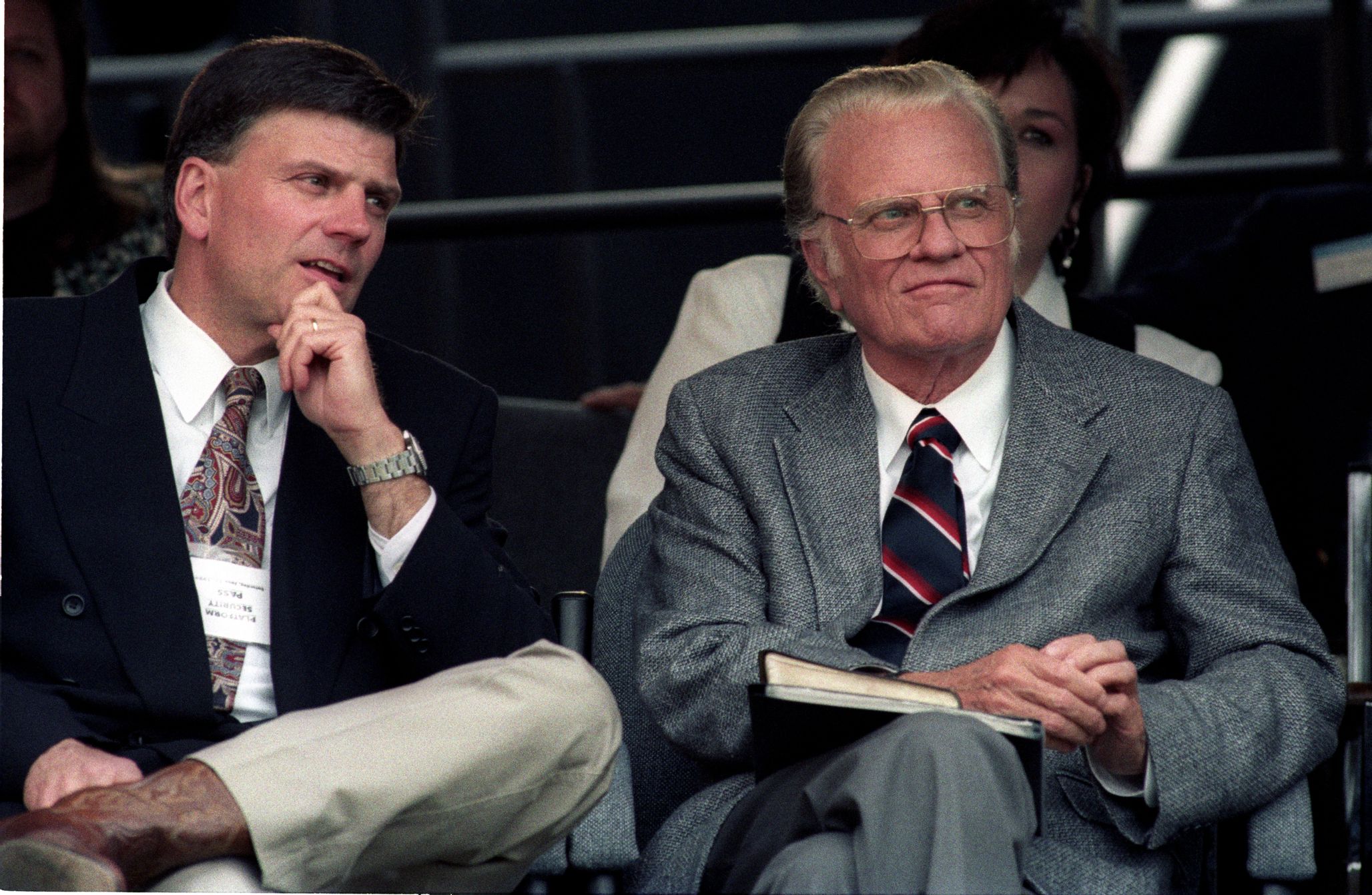Summer 2011
Big Religion
– The Wilson Quarterly
The 20th century saw the rise of the “bigs”: big business, big government, etc. Add one more to the list: big religion.
The 20th century saw the rise of the “bigs”: big business, big government, and big science. Benjamin E. Zeller, a professor of religion at Brevard College, wants to add one more to the list: big religion.
Although no one has attached the “big” narrative to religion before, Zeller says that American religion since World War II has the same hallmarks as “big science”—heightened institutionalization and professionalization, increased entanglement with the government, a growth of popular support, and, of course, critics.
After the war, church membership jumped, growing from 90 million in 1950 to more than 114 million in 1960. The National Council of Churches (NCC) was established in 1950 (the same year as the National Science Foundation), bringing 25 Protestant denominations and four Eastern Orthodox patriarchies under one umbrella. What the NCC was to mainline and liberal American Christians, the Billy Graham Crusade was to evangelicals and conservatives. Though different in style and substance, the NCC and Graham’s institution were both large, bureaucratic organizations swarming with administrative professionals.

A fundamental marker of big science is its relationship with the federal government, which feeds it billions of dollars in exchange for research on military, communication, and energy technologies. The First Amendment prohibits government support for religion. Nevertheless, Zeller explains, during the postwar period, religion became increasingly enmeshed with public life—the words “under God” were added to the Pledge of Allegiance, the motto “In God We Trust” appeared on paper currency, and Presidents Harry S. Truman and Dwight D. Eisenhower routinely linked America’s faith with the fight against communism in public speeches.
Like big science, which was criticized for its elitism and its commitment to research over teaching, big religion had its detractors, who established alternatives such as small nondenominational churches and Christian house meetings. Ironically, Zeller notes, some of the dissident currents grew to be so successful over time that they became part of the fabric of big religion themselves.
In some ways, big religion and big science are both products of the Cold War. Anticommunist sentiment fueled America’s participation in the space race, and at the same time gave rise to religious political rhetoric that contrasted Americans’ faith with “godless” communists.
Today, religion and science can seem at loggerheads, in opposite camps of an endless battle over truth. But it’s worth remembering that not too long ago, in the era of the bigs, religion and science were unlikely partners in defining the American way of life.
THE SOURCE: “American Postwar ‘Big Religion’: Reconceptualizing 20th-Century American Religion Using Big Science as a Model” by Benjamin E. Zeller, in Church History, June 2011.
Photo courtesy of Flickr/Mor
